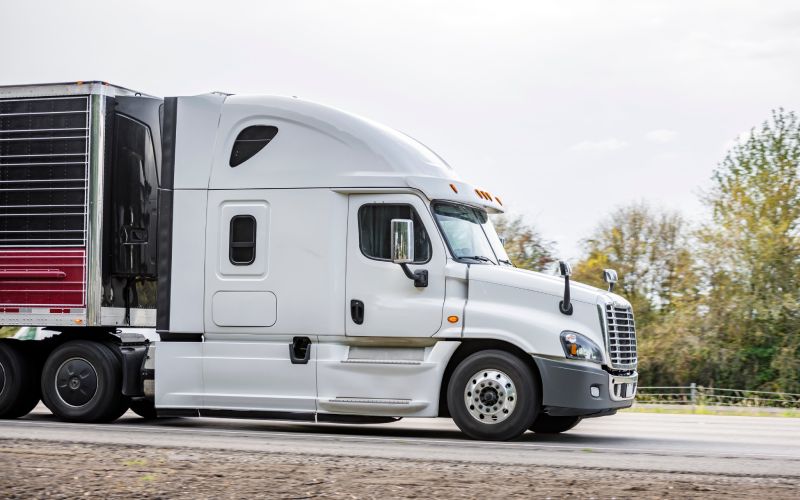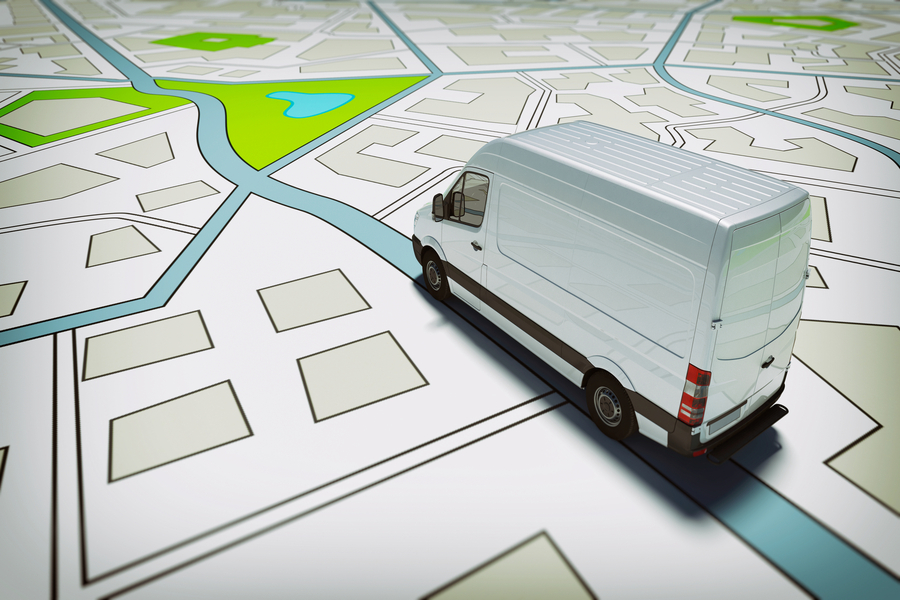
Digital asset tracking is the process of using GPS and other technology to track the location and status of vehicles and other assets while they are off-road. It’s essential in industries such as agriculture, mining, energy, construction, fishing, golf and equipment management. Rental fleets, vehicles and equipment manufacturers are increasing their use of telematics. Because of the different needs of heavy equipment and off-road vehicles, there’s a variety of off-road fleet tracking telematic options available. Often these assets are in remote locations but require just as much visualization into operations as other vehicles. Off-road fleet tracking telematics can be used for a variety of purposes, such as monitoring the progress of a delivery or construction project, or fuel usage on equipment, location of assets or keeping track of a fleet of vehicles and equipment for maintenance or security purposes.
GPS asset tracker devices are typically used to provide real-time location data for assets, as well as to create historical records of where the asset has been long with usage. This data can be displayed on a map, or in a list format with specific details about each location. Some tracking systems also include features such as geofencing, which can be used to trigger alerts when an asset enters or leaves a designated area.
Off-road fleet tracking also includes monitoring of an off-road asset (cranes, lifts, heavy equipment) with an IoT device that collects GPS location, vehicle speed, driving behavior, engine data, fuel use, maintenance schedules, and other important information.
Digital asset tracking can provide a number of benefits for businesses, including improved efficiency, reduced costs, and enhanced security. By monitoring off-road equipment and tracking data, such as fuel usage and drive time, companies can optimize their costs and ensure they are getting the most efficient use of their equipment. In the event of an accident or other incident, the off-road fleet racking data can be used to pinpoint the exact location of the vehicle and assets, which can be valuable information for emergency responders. It’s also handy in situations for remote load drop off and pick ups where different vehicle types may need to be used for the transition of goods through their production process.
Asset tracking can also be used to improve the security of off-road vehicles and assets. For example, if a connected vehicle is stolen, the tracking system can be used to locate the vehicle and recover it. Devices these days are designed to look like part of the trailer operating systems so would be thieves don’t know it can be tracked. Tracking data can also be used to investigate incidents of vandalism or theft.
Off-road fleet tracking can be an important tool for businesses that rely on off-road vehicles and assets. By using GPS and other tracking technology, businesses can improve efficiency, reduce costs, and enhance security.
Fleets can utilize off-road fleet tracking telematics in a variety of ways. Some uses include:
Telematics is an important fleet management tool, not only for transportation and logistics companies, but also for fleets in construction, agriculture, utilities, and oil, gas and mining, fishing, golf courses and more. Rental fleets, along with vehicle and equipment manufacturers are increasingly making use of telematics. Developments in satellite and cellular communications have made it possible for telematics devices to work even when vehicles are out on remote worksites. Making off-road fleet tracking an important part of a company’s operations.
Developments with IoT technologies also provide a way for connected vehicles to communicate together, to monitor and share information, and to compile data for research and distribution to management.
Telematics is a way to keep tabs on objects or people. In the case of off-road vehicles, asset tracking via telematics can be used to monitor the location, speed, and other data points of the vehicle in real-time. This information can be used for a variety of purposes, such as safety and security, route planning, and maintenance.
There are a few different ways that telematics can be used to track assets. One is by using GPS devices that are installed on the asset. These devices use satellite signals to pinpoint the asset’s location, which is then transmitted to a central server.
Another way is through the use of RFID tags. These tags are placed on the asset and communicate with nearby readers to provide its location.
The final way is through the use of cellular triangulation, which uses cell towers and cellular ping data to determine the asset’s location.
Asset tracking via telematics is a powerful tool that can be used in a variety of ways. With off-road fleet tracking different vehicles and equipment can be monitored. By tracking the location of off-road vehicles, companies can ensure that their assets are being used safely and efficiently while optimizing operations and keeping users safe.
Geofencing: A geo-fence is a virtual perimeter around a real-world location, defined by a set of GPS coordinates. When a GPS-enabled device enters or leaves the area defined by the geo-fence, a notification can be triggered. Geo-fences are commonly used to create location-based alerts or notifications, such as when an off-road asset enters or leaves a construction zone, or when a driver leaves a designated safe area.
GPS algorithm: The calculative process that instructs how GPS data (position and time) is logged onto the server. Algorithms may vary among telematics providers, and provide additional data as needed or instructed by the end user.
IP standard: The IP code is an international standard for classifying the ingress protection rating of devices, or how resistant they are to contact, dust, and moisture, etc. The digits after the letters “IP” indicate the level of protection it provides against intrusion of solids and liquids.
Open platform: Open platform is a flexible telematics system which provides open or free access to the data through a software development kit (SDK) and application programming interfaces (APIs), in contrast to a closed platform in which access to data is limited or filtered.
Telematics: The use of GPS, telecommunications technology, sensors, and the internet to monitor connected vehicles and equipment. Telematics is another term for off-road fleet tracking.
In today’s busy work environment, companies face challenges integrating and managing their data assets. When you have a fleet with mixed equipment and vehicles, it can make fleet asset tracking even more complex and make it hard to accurately calculate costs. Using a telematics platform that supports both over-the-road trucks and off-road equipment together as connected vehicles makes the process easier, lowering operating costs by improving the overall efficiency and security of your off-road assets.



